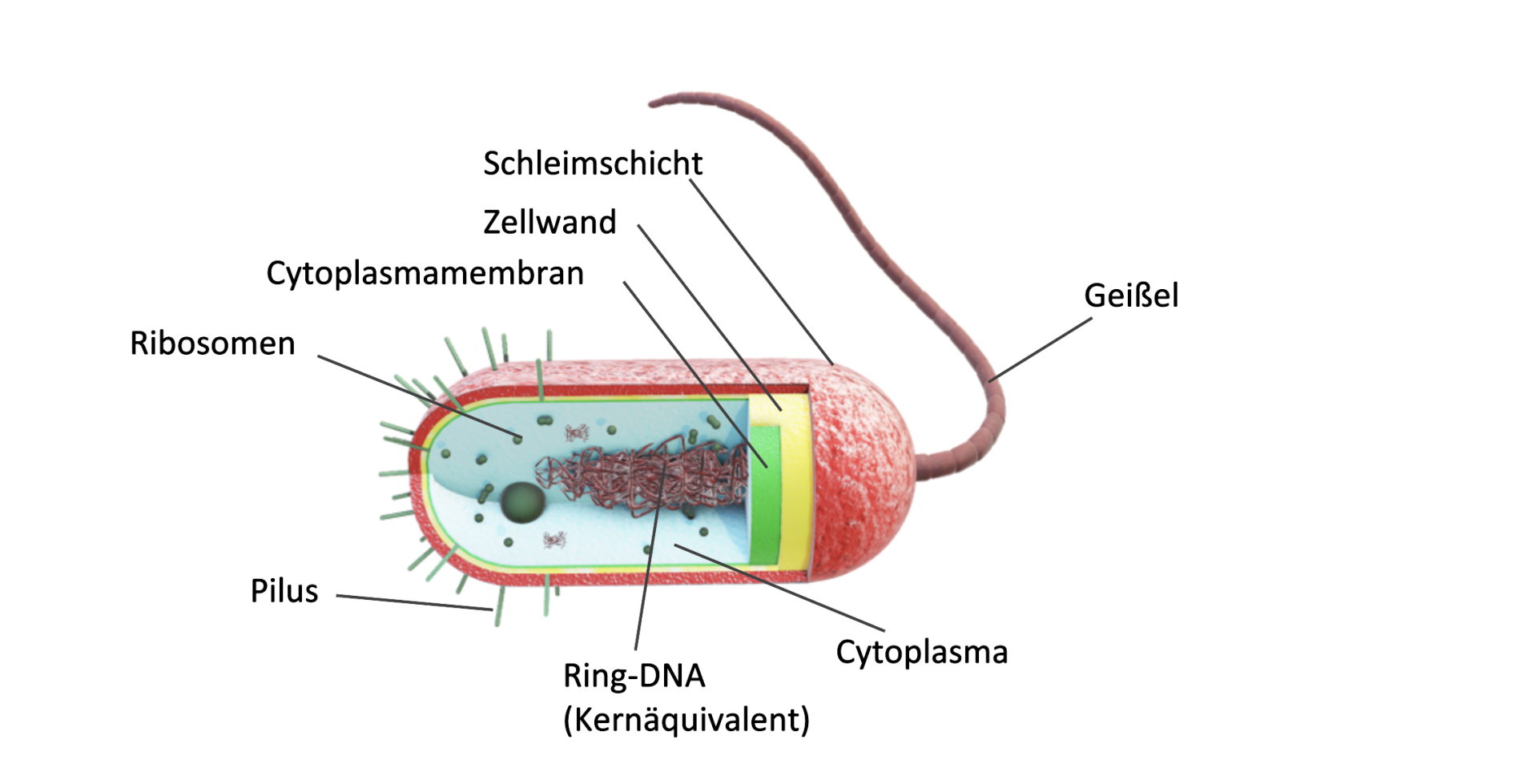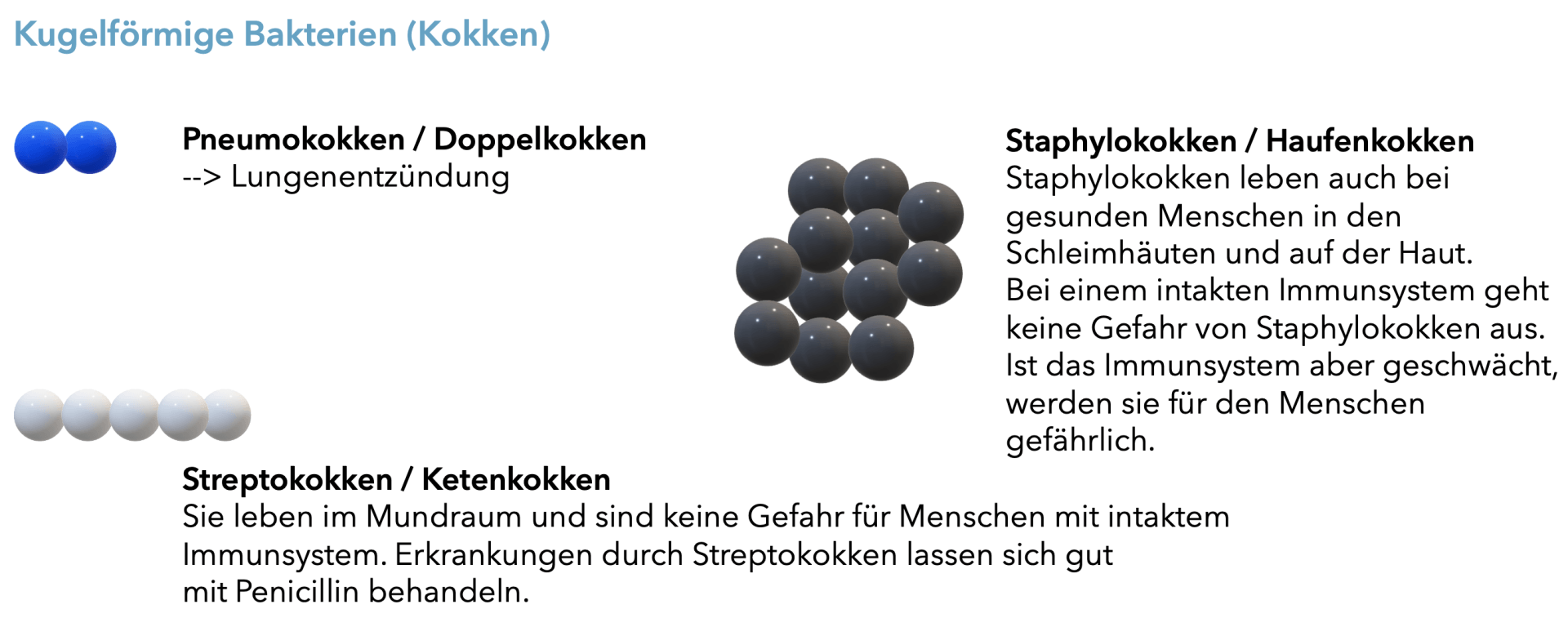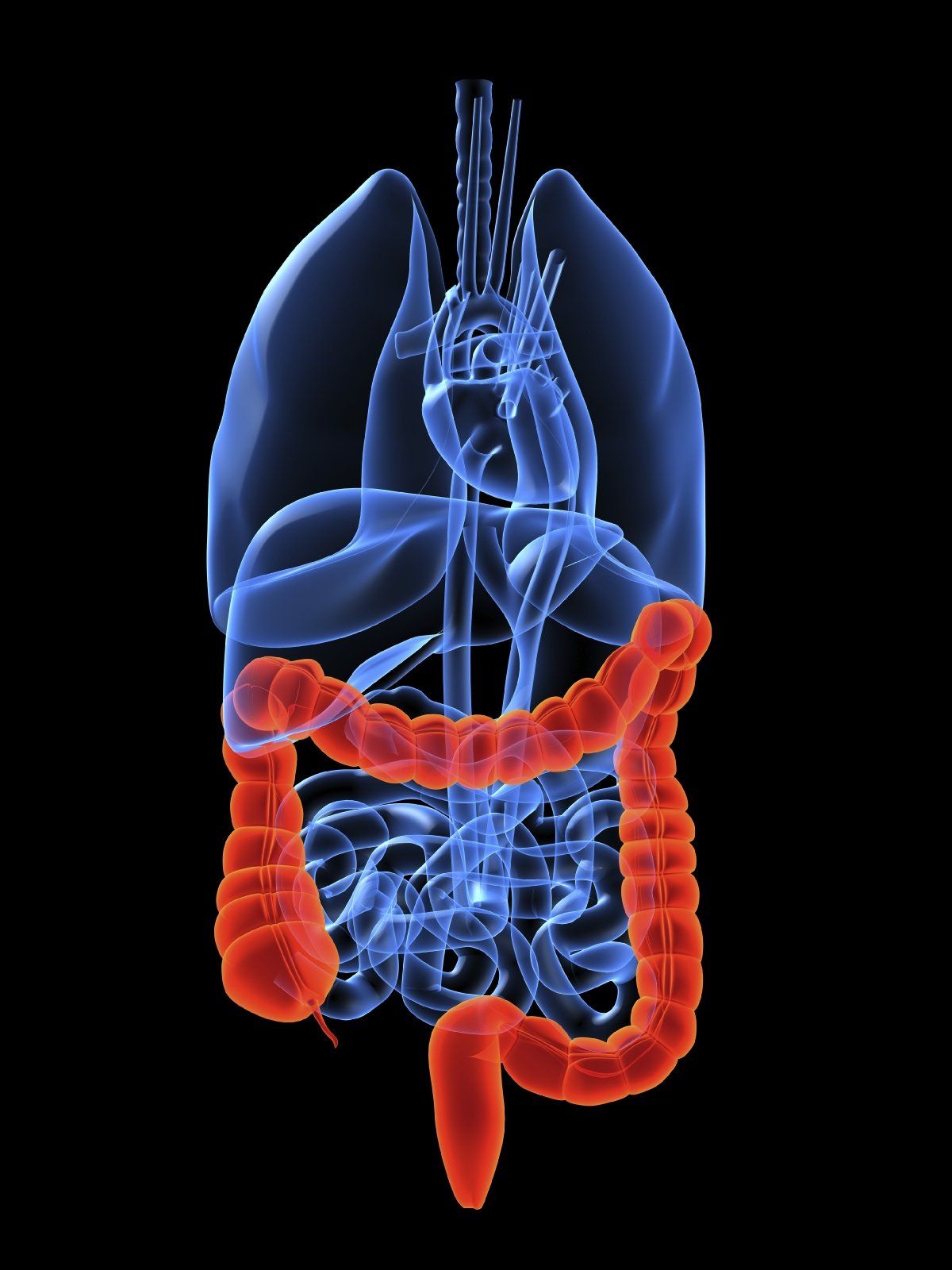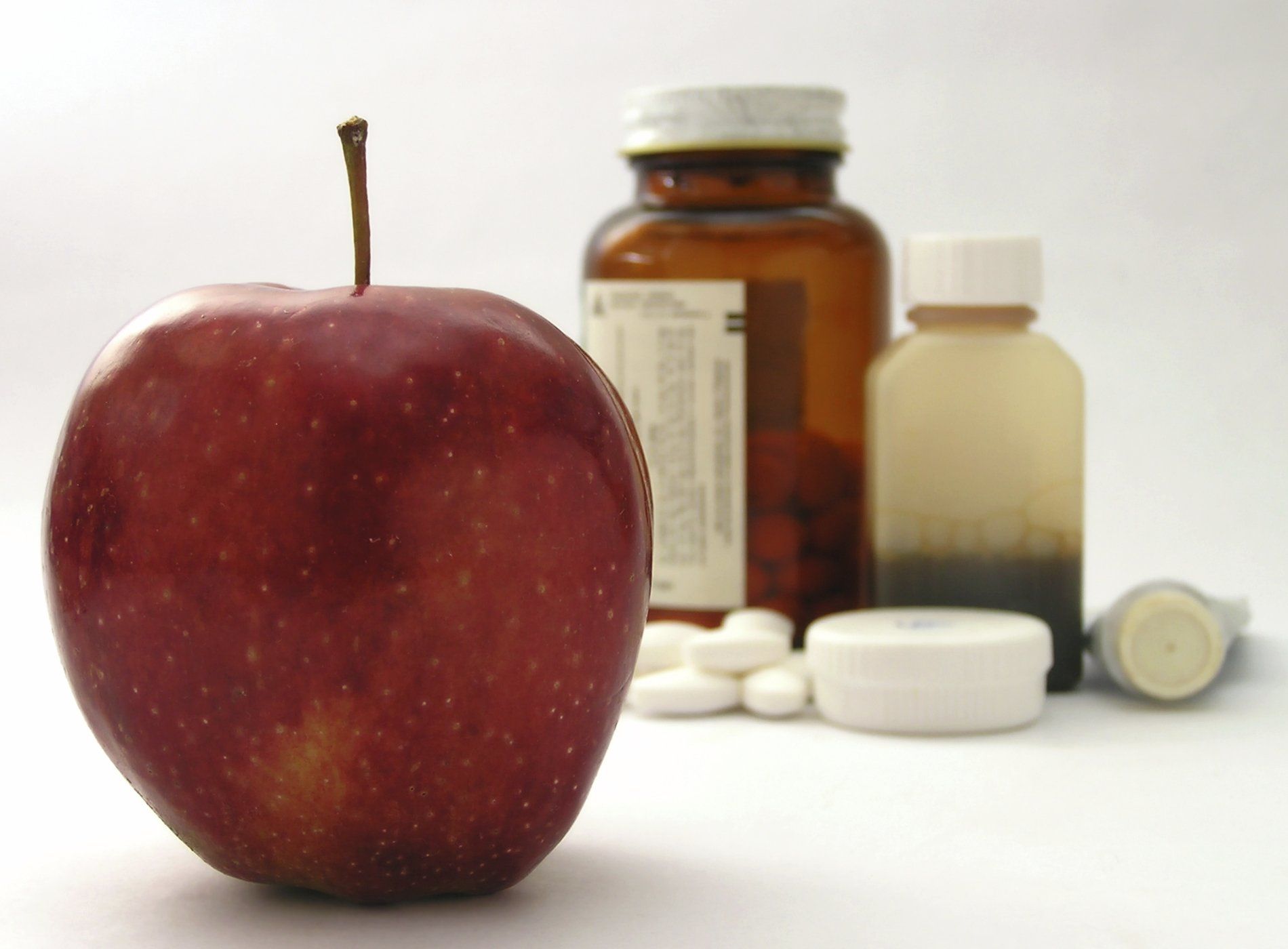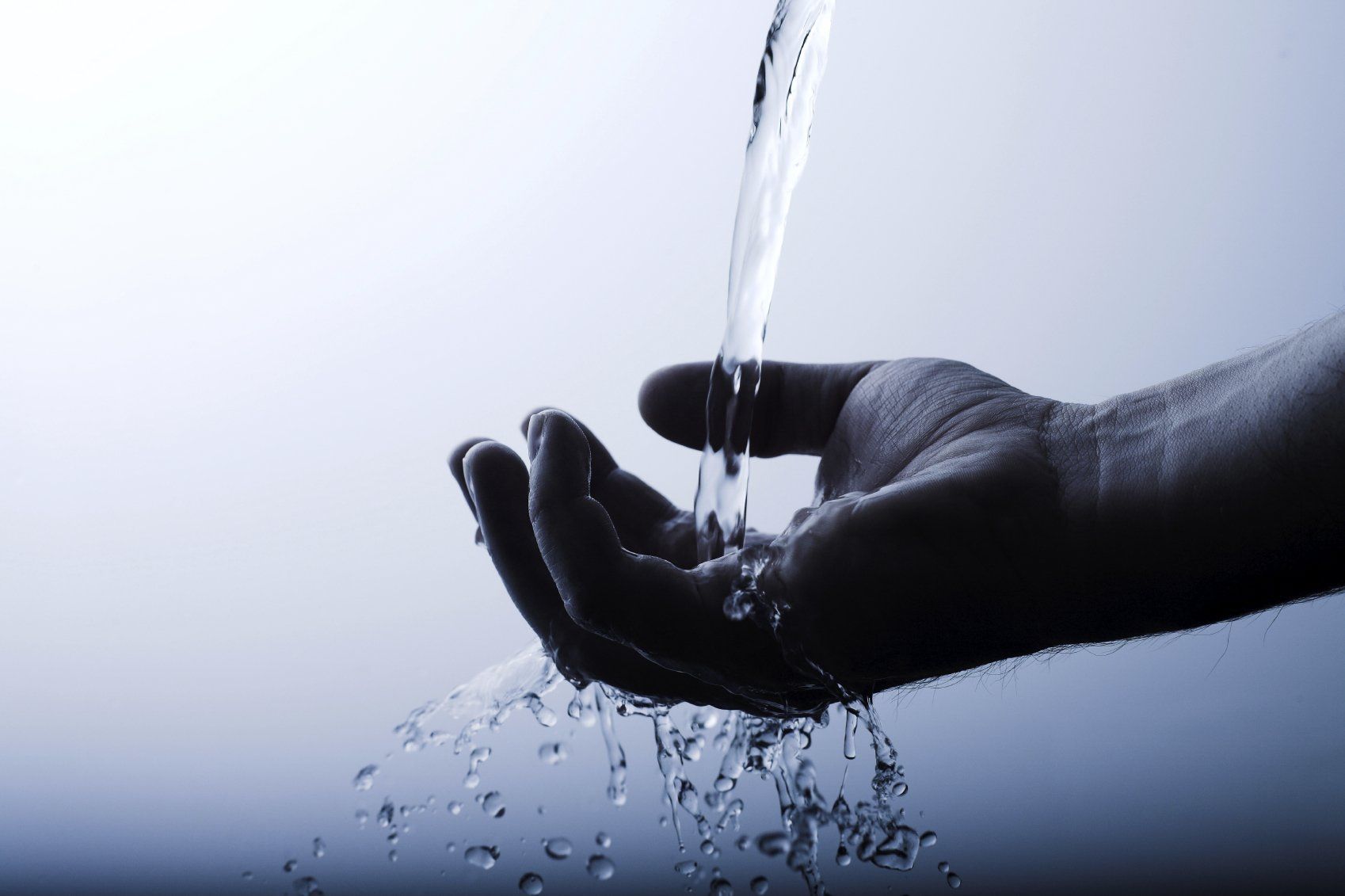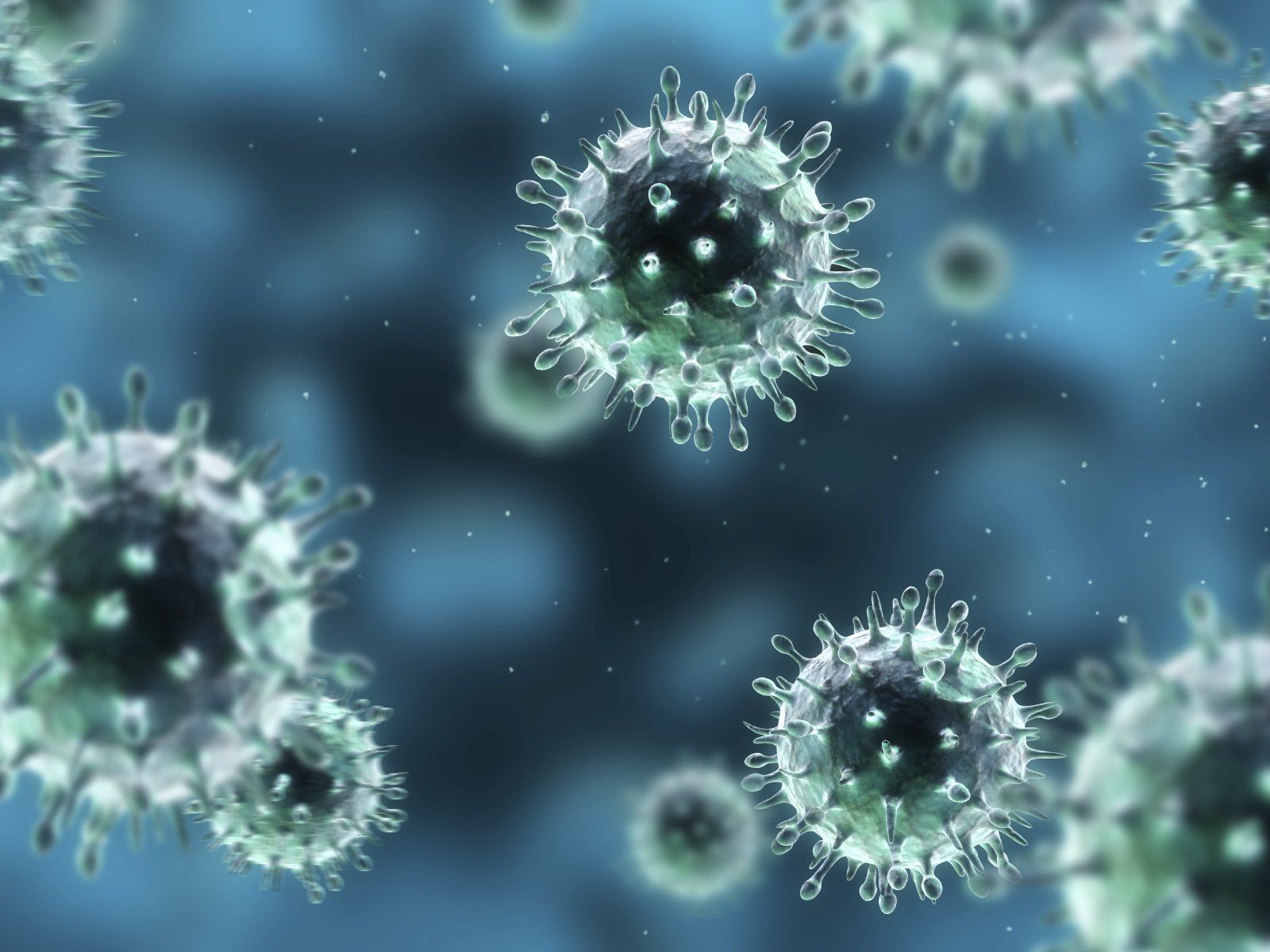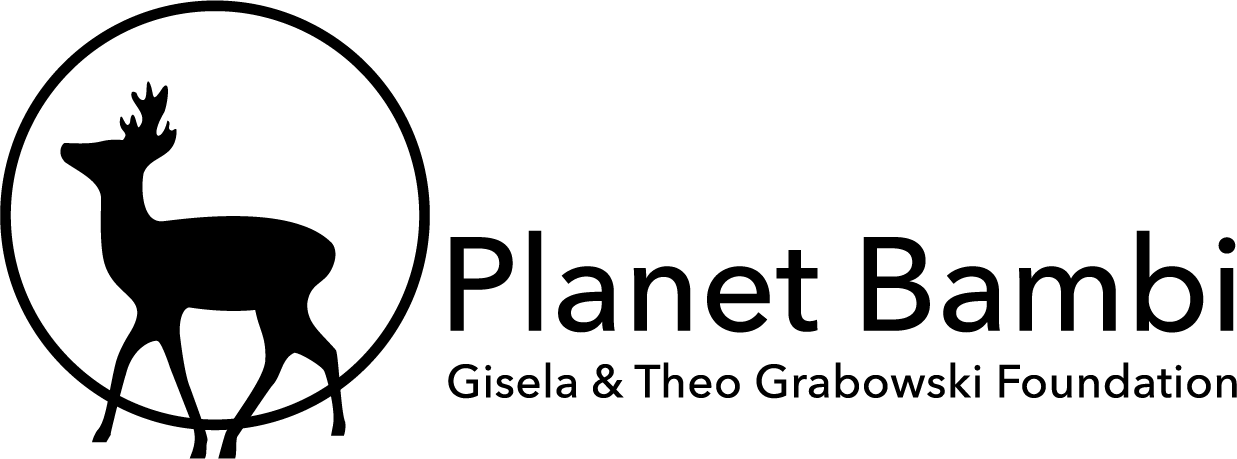1️⃣ Mikrobiologie
What are bacteria?
Bacteria are the simplest life forms on Earth
👉🏻 Everything clear? Time a quiz on solve...
⚠️Why is Bacillus anthracis the most dangerous?It can be used as a biological weapon!The spores are particularly dangerous when inhaled: they can multiply in the body, with theblooddistribute, excrete toxins and tissueattack (anthrax).Not rreal-timeIf treated, it is usually fatal.
Harmful bacteria - foodborne illnesses caused by bacteria
Groceriesare not sterile, theyare contaminated with various bacteria. These includebeneficial bacteria, theCharacteristicsandAroma of the productto full extent, e.g., various staphylococci, micrococci and lactic acid producing bacteria in milk, meat and vegetable products such as salami, yoghurt etc. On the other hand,unwanted bacteria, such as spoilage and pathogens, on and in food. Therefore, food requires particular care when handling and preparing it. Inadequate kitchen hygiene can quickly lead to bacterial spoilage in food. Many foods, especially when raw, can be contaminated with bacterial pathogens. Bacteria find ideal living and reproduction conditions on many foods and can multiply rapidly if they are not refrigerated, stored for too long, or stored improperly. These bacteria can then cause gastrointestinal illnesses in humans after the food is consumed. A classic example of this is salmonella, which can be found particularly in dishes containing raw eggs, such as tiramisu or raw minced meat. Other bacteria, such as staphylococci and clostridia, are generally harmless, but under certain conditions can produce toxins in food that can cause serious illnesses (intoxication) in humans after consumption of this contaminated food.





